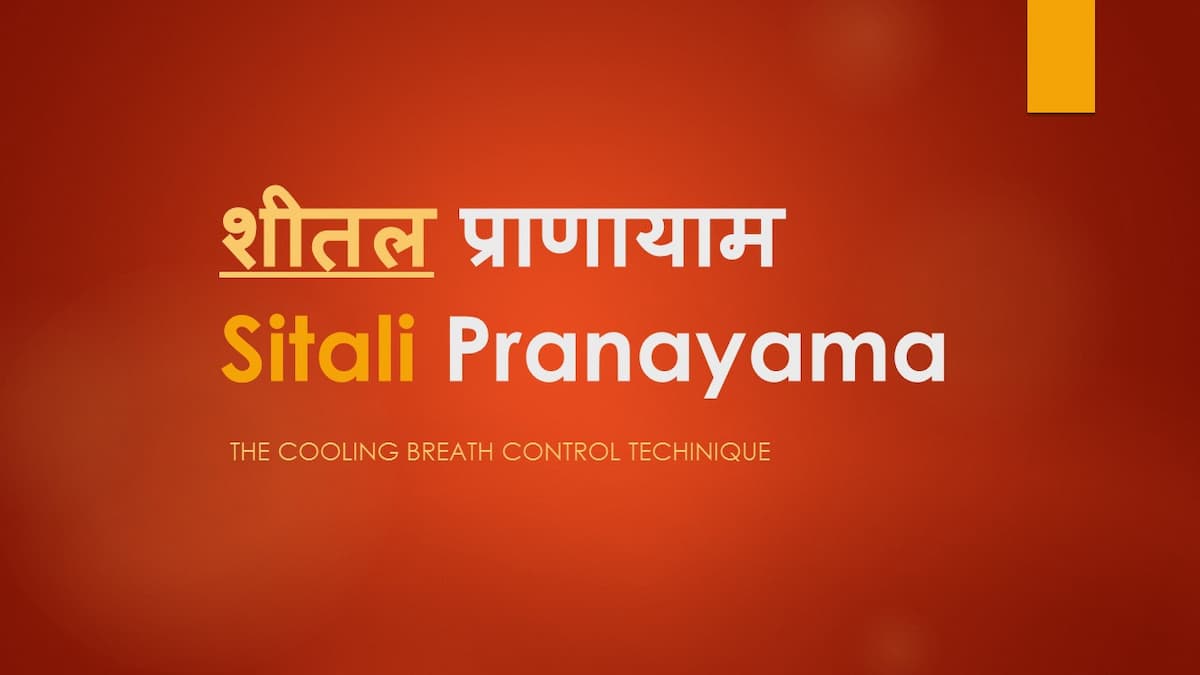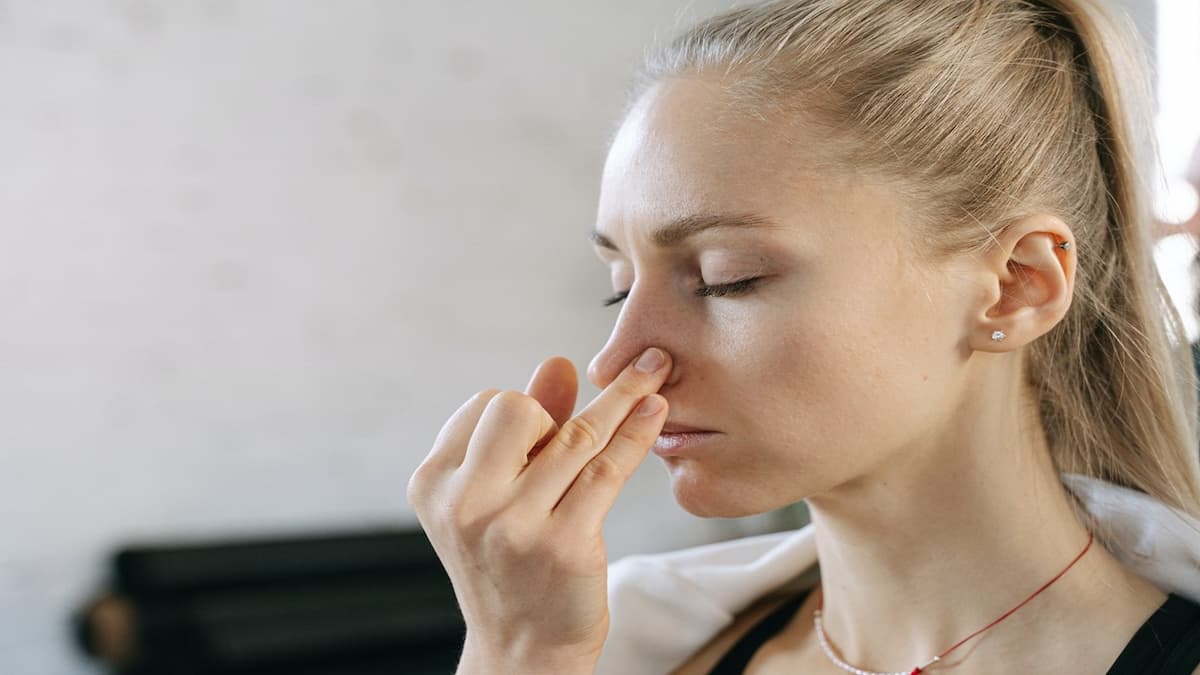Overview
Sitali Pranayama often spelled as Sheetali Pranayama is a breath control exercise and one of the eight major types of Pranayama. Unlike other Pranayamas, Sitali, and Sitkari have cooling effects on the body. Other types of Pranayama, especially Surya Bhedana and Ujjayi, generate heat. To balance the heat generated, One should practice Sitali or Sitkari at the end of the Pranayama session. Yet, you should not overdo it during winter. If you are a beginner, you should follow the guidance of a yoga teacher in incorporating Sitali or Sitkari into your practice or you should be mindful of observing what is happening inside your body and mind. Also, Practitioners living in Non-tropical countries should not start this practice without the advice of their Yoga Teachers.
What is Sitali Pranayama?
The Sanskrit word शीतल (Sital or Sheetal) means cooling, peaceful, or passionless. So, Sitali Pranayama is the Yogic Cooling Breath and also the Calm Breath. Sri Srinivasa of Hatha Ratnavali suggests 80 Kumbhakas or 80 rounds of Sitali Kumbhaka daily. Kumbhaka Paddadhi, the only Pranayama text, attaches much importance to this practice and calls it Käkacancu Kumbhaka.
According to Swami Sivananda, the technique is the imitation of the respiration of a snake. Moreover, he adds that the regular practitioner will not be affected by the bites of snakes and scorpions.
Sitali Pranayama Steps
- Assume a sitting meditation posture and put your hands in Chin Mudra or Gyan Mudra.
- Then, close your eyes and relax your body and mind by focusing on your breath.
- Once you feel your breathing pattern is slowed down, extend your tongue outside to the maximum extent possible.
- Roll the edges of your tongue up so that it forms a tube-like shape.
- Now, inhale slowly through your tongue.
- At the end of inhalation, draw your tongue inside, close your mouth, and exhale gently through your nose.
- This is one round. Repeat the practice for up to 10 or 20 rounds. An adept can perform 80 rounds.
- Also, advanced practitioners may include breath retention between inhalation and exhalation. A further advanced variety includes the incorporation of three Bandhas.
Sitali Pranayama Benefits
According to verse 2.20 of Hatha Ratnavali (also 2.57 of Hatha Yoga Pradipika, Sitali removes edema, spleen disorders, fever, acidity, and toxicity. Moreover, the text adds that it controls hunger and thirst.
It cools the body and mind. It reduces the high temperature of the mind. Also, it reduces the biological drives of the body. The practitioner will experience immediate relaxation of the body and the mind.
Another significant benefit is the improvement in autonomic function. In turn, many health benefits like an improvement in hypertension and cardiovascular diseases. Moreover, it is an antidote for stress and anxiety levels.
Sitali Pranayama Precautions and Contraindications
The practitioner should select a place free from pollution. Also, one should avoid the practice in health conditions such as the common cold, sinusitis, and Asthma. It will increase the Kapha dosha.
Moreover, as a beginner, you should not take up this practice during winter or on snowy days.
Moreover, people with heart conditions should avoid breath retention and may perform the basic version of this practice.
Bottom Line
Some people may have the inability to roll the edges of their tongues like a tube. They may practice Sitkari (Seetkari) Pranayama to obtain the same benefits. Both Sheetali and Seetikari are soothing techniques for hot weather. Also, it balances the heat generated by techniques like Surya Bhedana Pranayama and Agnisar Kriya.



